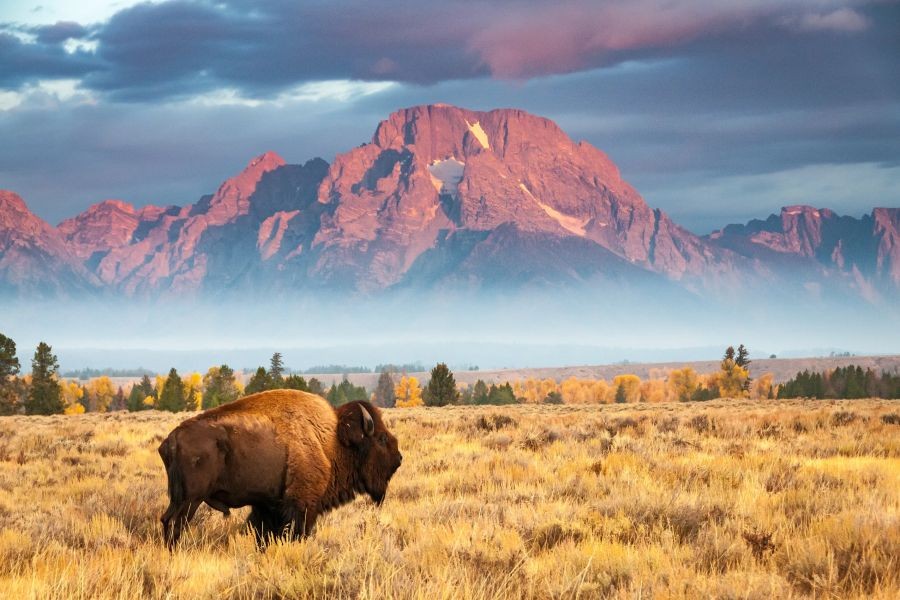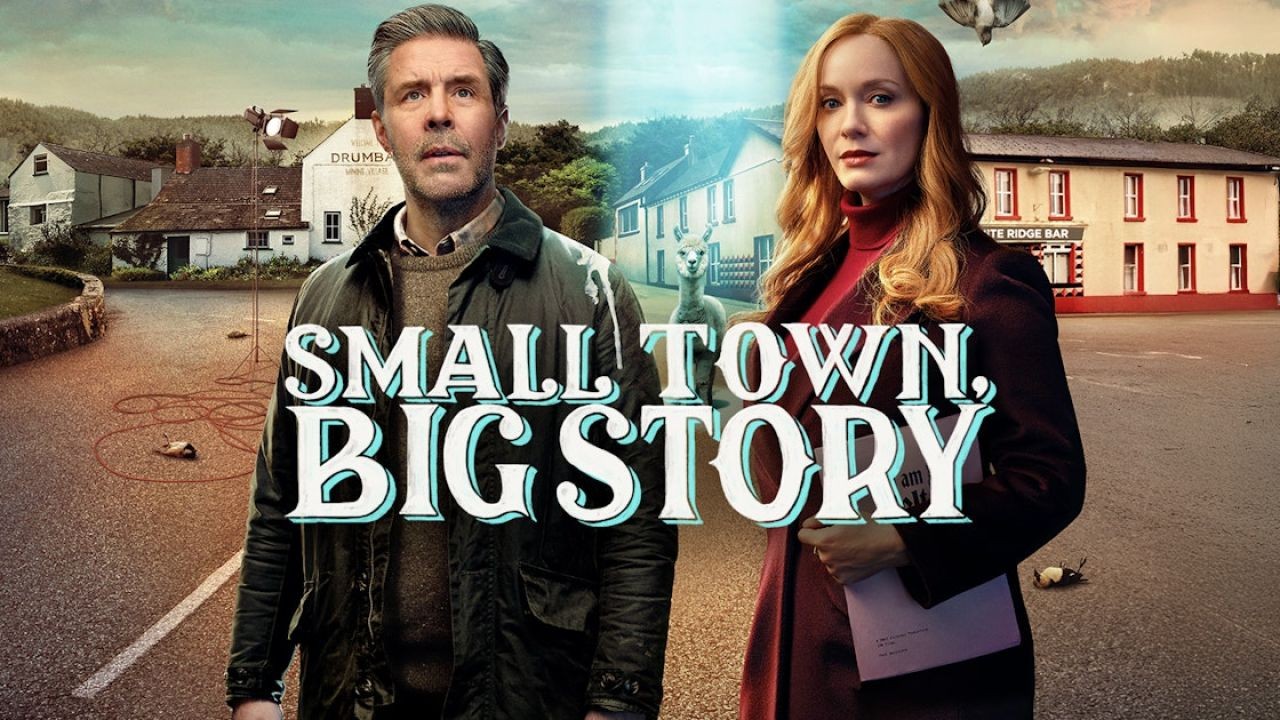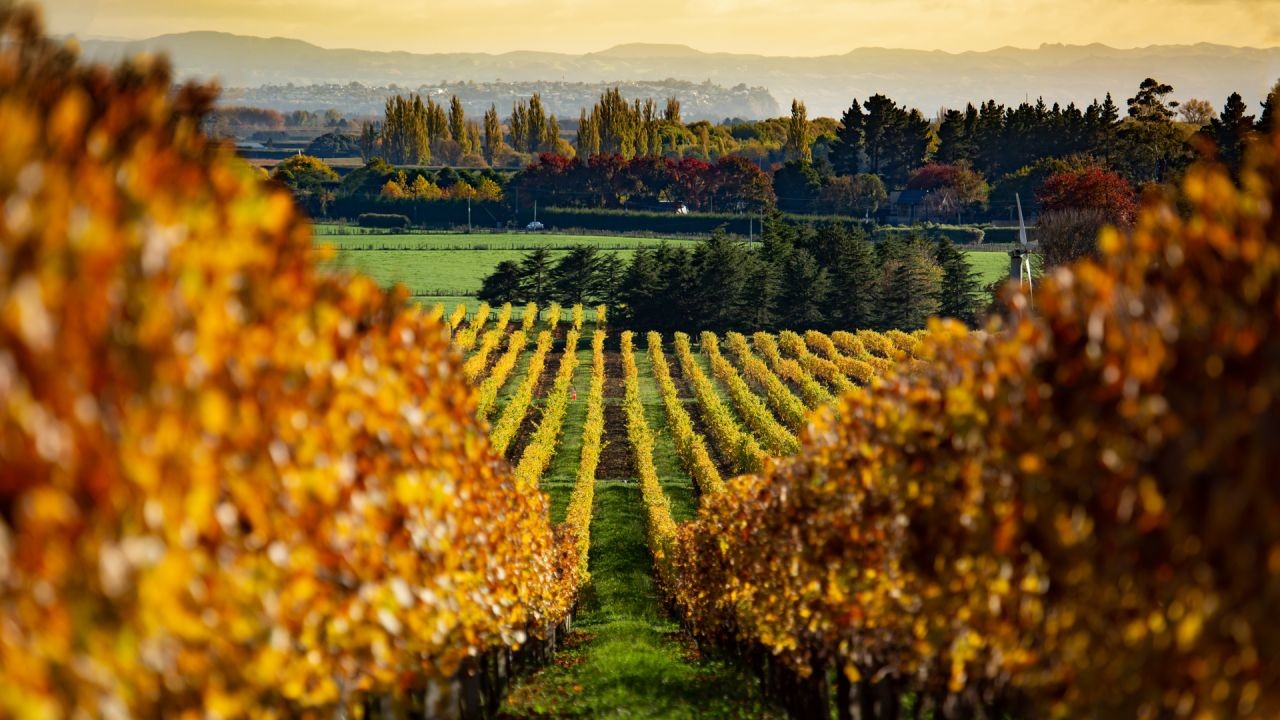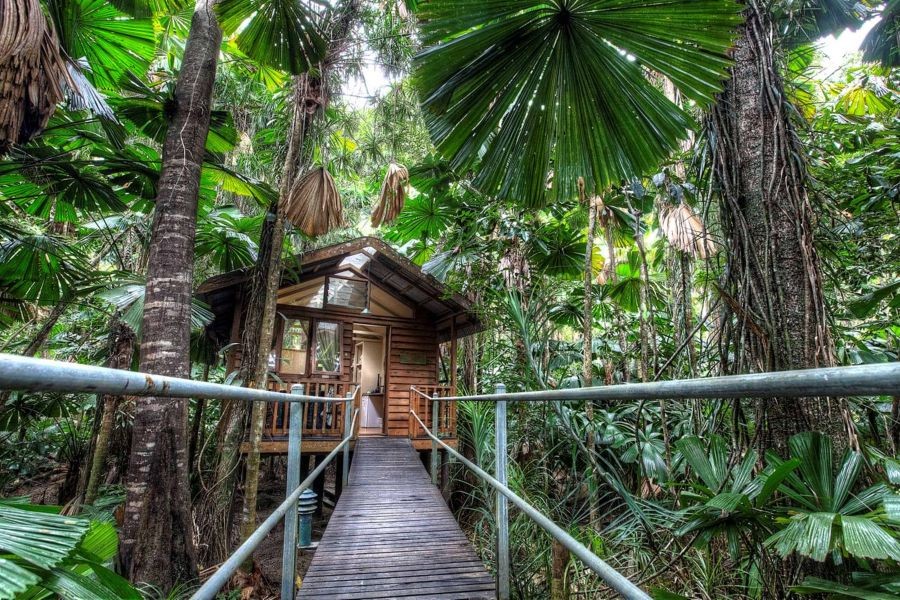New Zealand's national parks are the crown jewels of its natural heritage, attracting millions of tourists annually. However, this influx presents a dilemma: how to balance tourism with conservation. As debates intensify, the question arises: should access to New Zealand's pristine national parks be limited? This article delves into the implications of such a policy, exploring environmental, economic, and cultural dimensions, drawing on data-driven insights and real-world case studies.
Understanding the Environmental Impact
New Zealand's Department of Conservation reports that in 2023, over 1.8 million tourists visited its hiking trails. While tourism generates substantial revenue, it also exerts pressure on ecosystems. Trampling vegetation, disturbing wildlife, and increasing waste are common issues. Limiting access could mitigate these impacts, safeguarding biodiversity.
Case Study: Fiordland National Park
Fiordland National Park, covering 12,607 square kilometers, is one of New Zealand's most visited parks. In 2022, it faced a significant challenge: managing visitor impacts while preserving its unique ecosystems.
- Problem: Heavy foot traffic led to soil erosion and vegetation loss, threatening native flora and fauna.
- Action: The park implemented a permit system, restricting daily visitor numbers to ensure sustainable tourism.
- Result: Within a year, erosion rates decreased by 20%, and vegetation began to recover.
- Takeaway: Controlled access can effectively balance tourism and conservation.
Economic Considerations
Tourism is a vital component of New Zealand's economy, contributing approximately 5.8% to GDP, as per the Ministry of Business, Innovation, and Employment. Restricting access to national parks could have significant economic repercussions, potentially reducing tourism revenue and affecting local businesses dependent on tourist influx.
Pros vs. Cons Analysis
✅ Pros:
- Environmental Preservation: Limiting access protects fragile ecosystems and biodiversity.
- Quality Experience: Reduced crowds enhance visitor experience, potentially increasing satisfaction and repeat visits.
- Long-term Sustainability: Ensures the preservation of natural assets for future generations.
❌ Cons:
- Economic Impact: Reduced visitor numbers could lead to a decline in tourism revenue.
- Local Business Strain: Businesses reliant on tourist traffic may suffer financial losses.
- Accessibility Concerns: Restricting access could limit opportunities for people to experience New Zealand’s natural beauty.
Contrasting Viewpoints: To Limit or Not?
The debate over limiting access to national parks is polarized. Advocates argue for conservation, emphasizing the need to protect natural resources from overuse. Critics highlight economic concerns, stressing the importance of tourism for livelihoods and regional development. A balanced approach could involve implementing sustainable tourism practices while ensuring economic viability.
Expert Insight: Balancing Conservation and Tourism
Dr. Jane Smith, an environmental scientist at the University of Auckland, suggests a middle ground. "Implementing technologies like visitor tracking apps can help manage foot traffic without drastically reducing visitor numbers," she states. "Such innovations can ensure conservation while supporting economic activities."
Common Myths & Mistakes
Misconceptions about conservation and tourism abound. Here are some myths debunked:
- Myth: Limiting access will devastate local economies.
- Reality: While initial impacts may be felt, sustainable tourism can lead to long-term economic benefits by preserving the attractions that draw visitors.
- Myth: Conservation and tourism can't coexist.
- Reality: With strategic planning and innovation, both can thrive together.
Future Trends & Predictions
Looking ahead, the integration of technology in park management could reshape New Zealand's tourism landscape. By 2026, digital permits and real-time visitor monitoring might become standard, enhancing conservation efforts while maintaining economic benefits. A shift towards eco-tourism, as supported by research from Massey University, could redefine how visitors engage with nature, fostering sustainable practices.
Conclusion
As New Zealand grapples with the challenge of balancing tourism and conservation, limiting access to its pristine national parks presents both opportunities and challenges. While economic implications are significant, sustainable tourism practices can mitigate environmental impact without sacrificing revenue. The path forward requires innovative solutions, collaboration, and a commitment to preserving New Zealand's natural treasures for generations to come.
Final Takeaway & Call to Action
Engage in the conversation: Should New Zealand limit access to its national parks? Share your thoughts and insights below. For more information on sustainable tourism practices, subscribe to our newsletter and stay informed about the latest trends and strategies in the travel industry.
People Also Ask (FAQ)
- How does limiting access to national parks benefit the environment? Limiting access reduces human impact, protecting ecosystems and biodiversity, ensuring natural resources are preserved for future generations.
- What are the economic implications of restricting park access? While it may initially reduce tourism revenue, sustainable practices can enhance the quality of visitor experiences, leading to long-term economic benefits.
- How can technology aid in managing park access? Visitor tracking apps and digital permits can help monitor foot traffic, balancing conservation needs with economic interests.
Related Search Queries
- New Zealand national parks access
- Sustainable tourism strategies
- Economic impact of tourism in NZ
- Environmental conservation in NZ
- Future trends in eco-tourism
































CarnBikeCafe
4 months ago